By Amy Miller ( September 15, 2025, 23:52 GMT | Insight) — The deep-pocketed tech industry has proven once again that it can block efforts to regulate artificial intelligence, even in California. Even though California legislators approved more than a dozen bills aimed at regulating AI, from chatbot safety, to transparency, to data centers, several proposals attempting to put guardrails around AI died after facing concerted opposition, including the closely watched Automated Decisions Safety Act, which would have set new rules for AI systems that make consequential decisions about individuals.The deep-pocketed tech industry has proven once again that it can block efforts to regulate artificial intelligence, even in California….
AI Insights
What To Expect at IFA 2025: More than just ‘Artificial Intelligence’
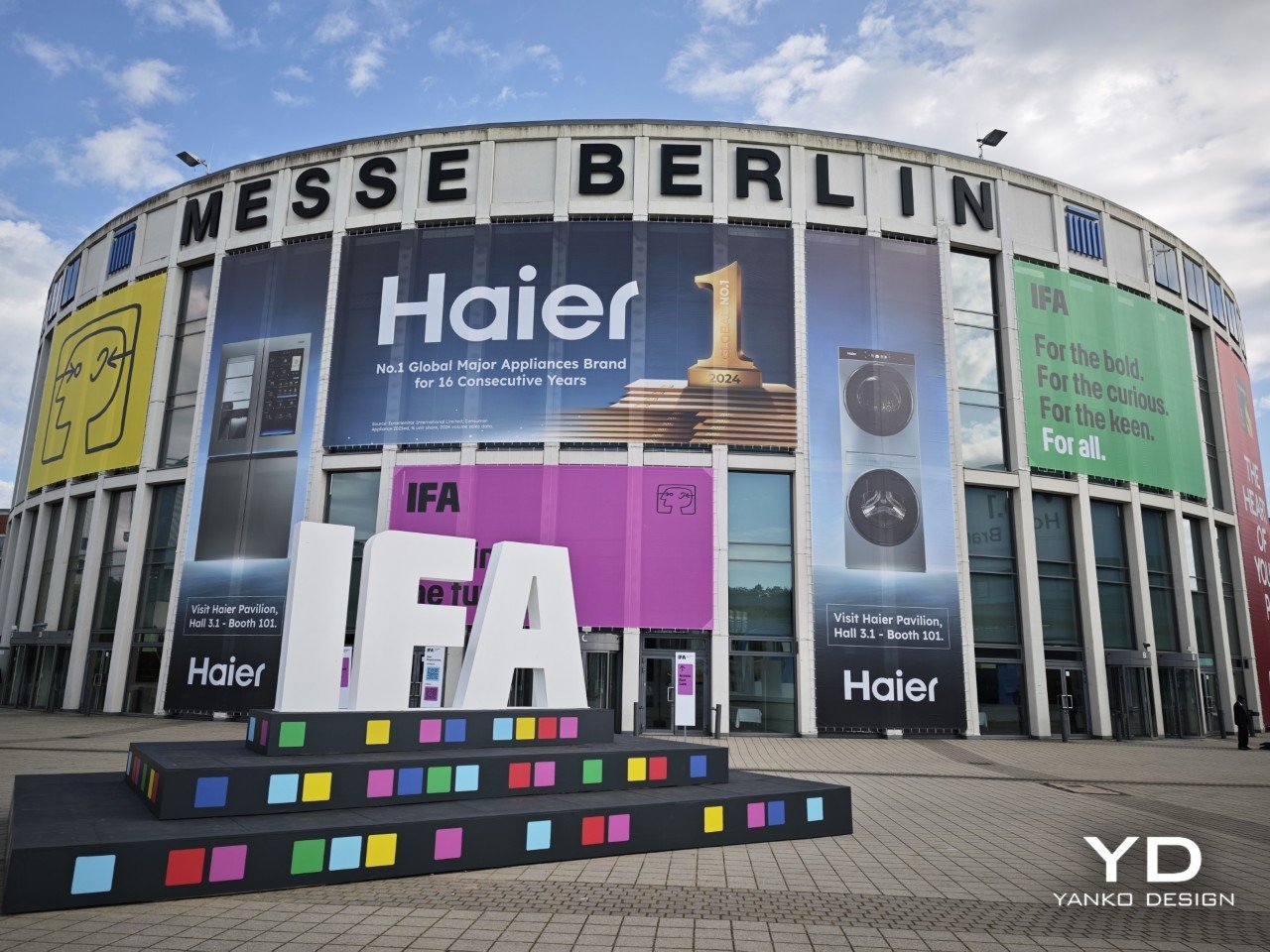
There’s a hush before the gates open, but everyone in the Berlin tech orbit feels it: IFA 2025 is about to hit. The pre-show hype is thick with rumor and calculated leaks, while press passes and demo invites pile up like confetti. For anyone who rides the intersection of design, product, and culture, this expo is the real tech Olympics. Forget the corporate self-congratulation of some US shows. IFA is where major European taste meets global ambition, and the world’s sharpest brands are forced to impress an audience that actually knows its gadgets. I’m here to map out what to expect, what to care about, and what to ignore.
Scan the exhibitor list and you see the usual suspects – Samsung, LG, Sony, Miele, Bosch, TCL, Hisense – but this year, their collective muscle is wrapped around a fresh set of obsessions: AI that’s finally practical, sustainability that’s more than greenwash, smart homes that feel less like tech demos and more like genuine upgrades, and a relentless push for premium in TVs, audio, and even robot vacuums. Expect surprises, expect spectacle, but most of all, expect a new baseline for what your next tech purchase should deliver.
AI That Actually Thinks


LG’s AI Appliances Orchestra
Forget the vaporware and sci-fi nonsense. AI at IFA 2025 is about real-world value. LG’s “AI Appliances Orchestra” concept lands right in the sweet spot, connecting their entire suite of appliances to the ThinQ ON hub. FURON, their AI agent, runs the show, serving up proactive maintenance alerts, energy optimization, and a kind of household choreography that feels more like a service than a gimmick. LG is betting heavily that European homeowners want less friction, more smarts, and zero drama from their kitchens and laundry rooms.
Samsung’s Bespoke AI Jet Bot Steam Ultra doesn’t play second fiddle. This robot vacuum pairs AI navigation with a proper steam mop and a camera for home monitoring. It runs on Samsung’s Knox security platform, which gets a UL Diamond IoT security rating. That matters if you actually care about privacy and not just clean floors. The specs? Expect multi-pattern 3D LiDAR, adaptive scanning on the fly, and a camera that doubles as a home security feed.
Then there’s Nvidia, lurking at the edge of consumer and pro. Their AI content creation tools and smart device integrations are getting baked into everything from streaming rigs to next-gen TVs. Think real-time video upscaling, AI-driven audio optimization, and generative editing in the hands of everyday users. The AI conversation at IFA is shifting from “what if” to “why isn’t yours smarter yet?”
Smart Home, Smarter Living


Miele Triflex HX3 Pro Aqua
Smart home brands at IFA are finally showing some respect for design and durability. Miele drops the Triflex HX3 Pro Aqua: a cordless vacuum that also mops, all wrapped in a design language that actually looks good in a European apartment. Miele’s pitch isn’t “look at my robot” but “don’t think about cleaning at all.” Their integrations let you automate schedules, tap into remote diagnostics, and get energy usage breakdowns that are actually useful.
Ecovacs, Roborock, Dreame, and the new kid, DJI (yep, the drone guys), are all competing for the robot vacuum crown. DJI’s Romo series borrows drone navigation tech for hyper-accurate mapping, while Ecovacs doubles down on AI obstacle avoidance. Narwal and Tineco bring clever tweaks, but the arms race is clear: more sensors, fewer crashes, better pathfinding, and apps that don’t make you want to throw your phone out the window.
Haier, Electrolux, and Bosch are all flexing hard with smart appliances. Their latest fridges, ovens, and washers are IoT-connected, energy-starved (in the good way), and designed for the kind of interoperability that European buyers expect. Think appliances that talk to each other about when to run cycles, or ping your phone when it’s time for a filter change. BSH’s new lines are especially promising, pushing for open standards rather than walled gardens.
Sustainability: Beyond Greenwashing
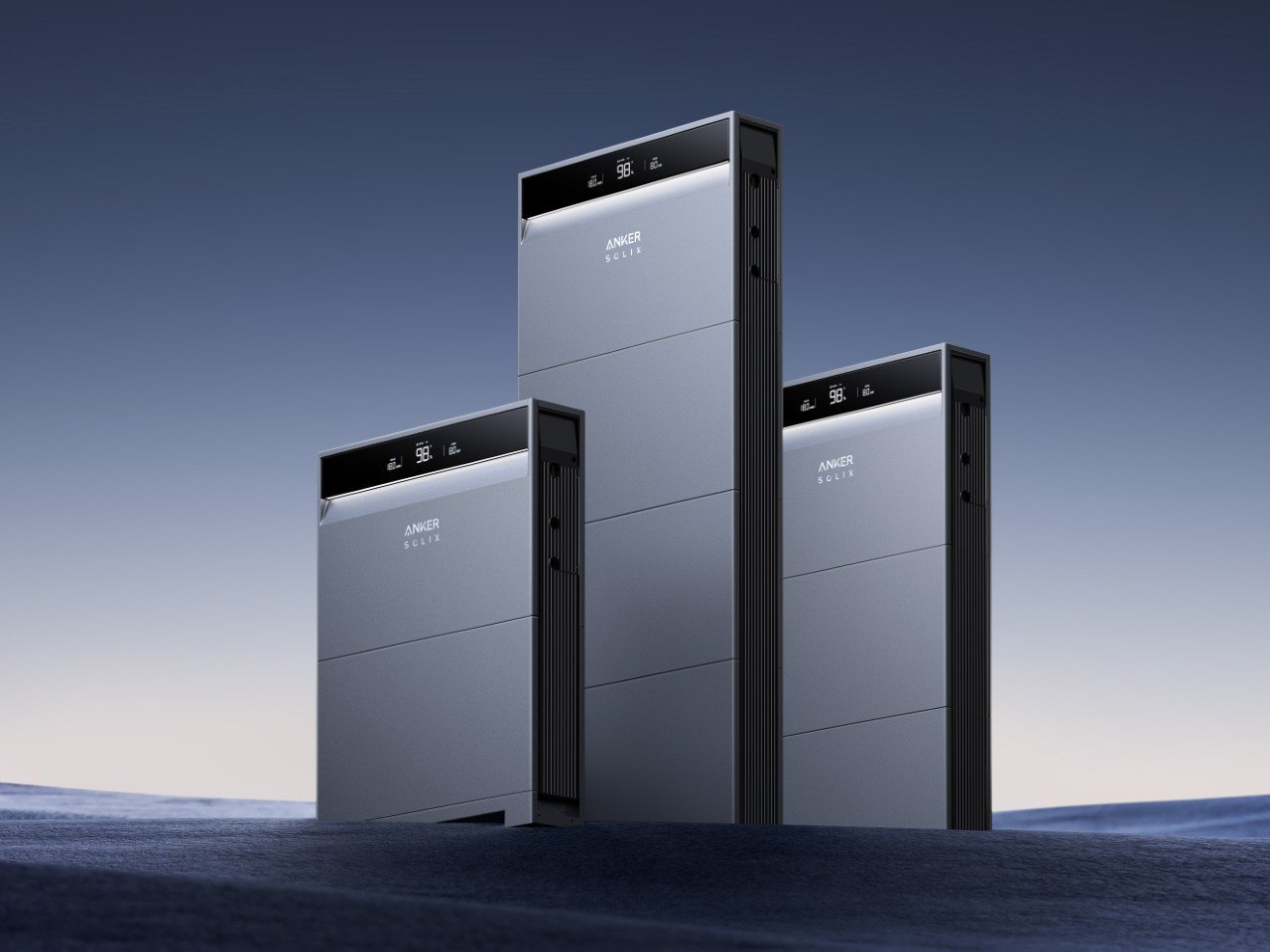

Anker Solix X1
The EU has teeth when it comes to regulation, and IFA shows how that’s driving real product innovation. Samsung’s Bespoke AI Laundry Combo is a textbook case: A-grade energy efficiency, a 98-minute wash and dry cycle, and smart dosing to save water and detergent. That’s a product built for actual resource scarcity, not just a sticker on the box. Samsung claims measurable reductions in annual energy cost for the average user – watch for those numbers to get fact-checked on the show floor.
Anker’s Solix X1 is the kind of home energy storage tech that gets off-grid nerds drooling. It stores enough juice to run an EV for days and can be recharged by solar or grid. Specs point to modular expansion, app-based load management, and compatibility with most major inverter brands. In an era when home battery systems are finally breaking into the mainstream, Anker’s pitch is about reliability and open standards, not just backup during blackouts.
LG’s new French-door refrigerators and AI-driven laundry solutions keep hammering the point: space-efficient, lower power draw, and designed for longer product lifespans. The company is investing in materials that are actually recyclable and repairable, and their PR teams are smart enough to know that savvy IFA visitors will ask tough questions about sourcing and lifecycle.
TVs, Audio, and the Premium Push
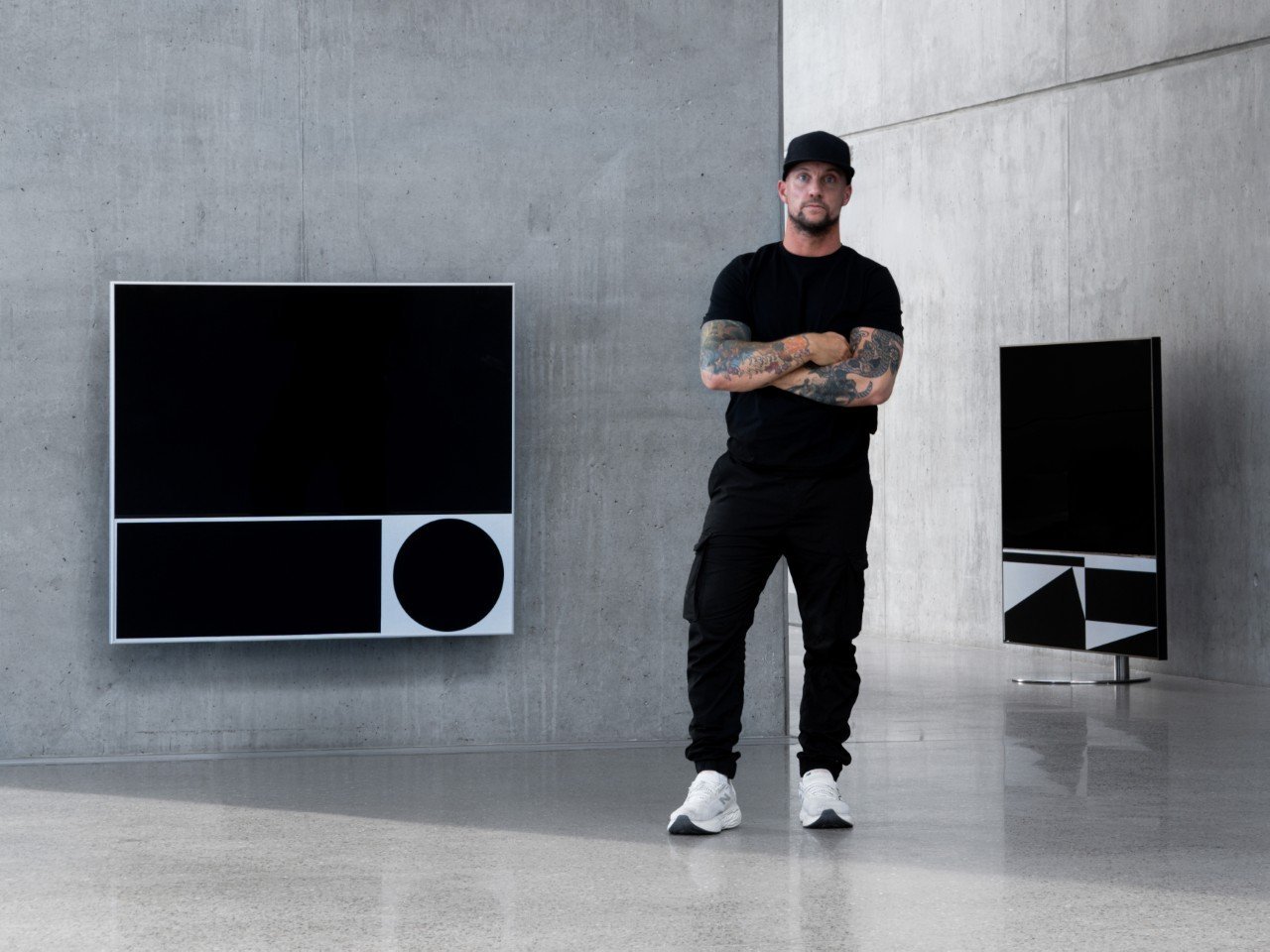

CANVAS HiFi Frame
Super-premium is the word, and every major brand is showing up with a flagship. Samsung, LG, Sony, TCL, Hisense, and Metz are all rolling out new 8K, OLED, and microLED panels. LG’s cloud gaming portal and new gaming monitors (look out for the specs on latency and HDR) are aimed straight at the living room and the esports crowd. Samsung’s AI-powered upscaling and real-time scene analysis should make a real difference for everything from Netflix to live sports.
Projector nerds are getting spoiled too. Xgimi’s MoGo 4 lineup brings built-in batteries, laser brightness upgrades, and Google TV integration, all under 2 kg. That’s portable cinema that doesn’t compromise on clarity or color accuracy. Expect the battle between projectors and traditional TVs to get fresh fuel this year, especially as more people blend home and travel.
Audio isn’t getting left behind, either. We just recently covered CANVAS HiFi’s staggering €10,000 soundbar designed to fit around the Samsung TV Frame. Speaking of Samsung, the company is showcasing its Sound Tower Bluetooth Speaker on the floor too. Gaming company Gravastar showcased some rather stunning speakers last year, and we’re expecting the same this year too.
Digital Health and Beauty Tech


Ulike Me 2025 Series
The wellness wave is everywhere. Ulike’s AI-powered beauty devices bring pro-level skin analysis and customizable at-home treatments into the mainstream. Samsung and LG are pushing smartwatches that do more than count steps. These wearables now serve as full-time health coaches, delivering real-time suggestions and actionable data, not just passive metrics. The algorithms are getting smarter, using your week-to-week trends to fine-tune advice and flag anomalies. Ringconn, Ultrahuman, and Noise are sure to showcase their latest fitness wearables too. Amorepacific is set to launch ‘ONFACE,’ a high-end micro-LED mask developed by its AI-enhanced beauty device brand, ‘makeON.’
IFA’s digital health zone is also thick with startups chasing the holy grail: home diagnostics that don’t require a PhD to operate. Expect blood oxygen sensors, ECG-enabled watches, and a new generation of sleep trackers to fight for attention, each promising medical-grade accuracy with consumer-level simplicity.
Mobility and the Connected Home
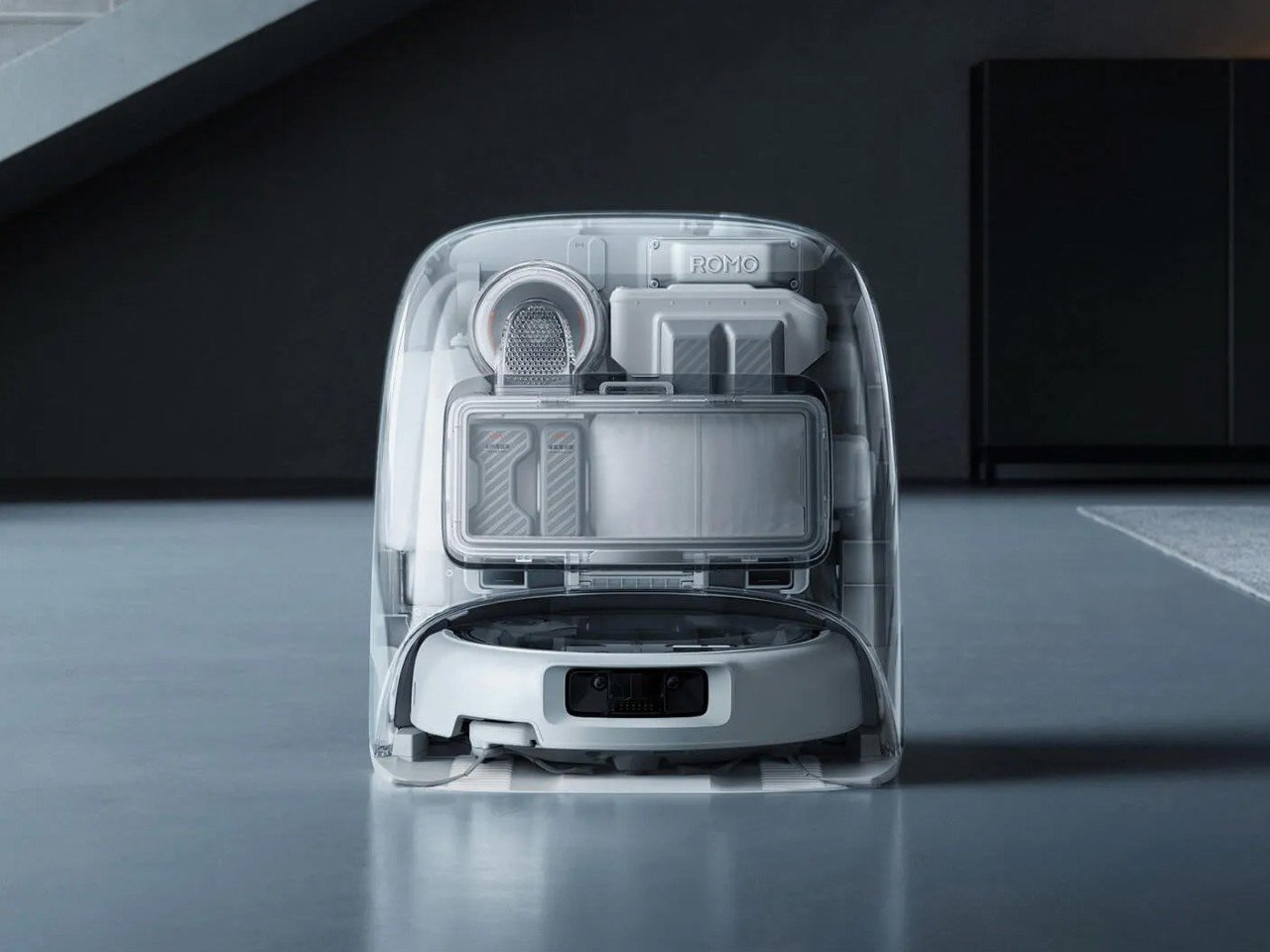

DJI Romo Robot Vacuum
Anker’s new EV chargers and portable power stations are perfectly timed. With Europe’s push for electrification, these devices offer faster, smarter charging and backup solutions that play nicely with solar. DJI’s leap into home cleaning with the Romo series is a signal that robotics is about to get much more mainstream, leveraging navigation precision that’s been honed in the air for use on your living room rug.
E-bike and e-scooter brands are expected to flaunt new models with better range, smarter anti-theft, and app-based controls that actually work. The story here is integration: your home, your vehicle, your grid, one data platform. Expect product managers to be grilled on security, open APIs, and fail-safes.
IFA’s mobility hall is where you’ll find the quietly radical: energy management systems that sync home and car, 5G/6G routers built for seamless handoff between fixed and mobile networks, and home security kits that leverage AI for facial recognition and package detection.
Content Creation Goes Pro
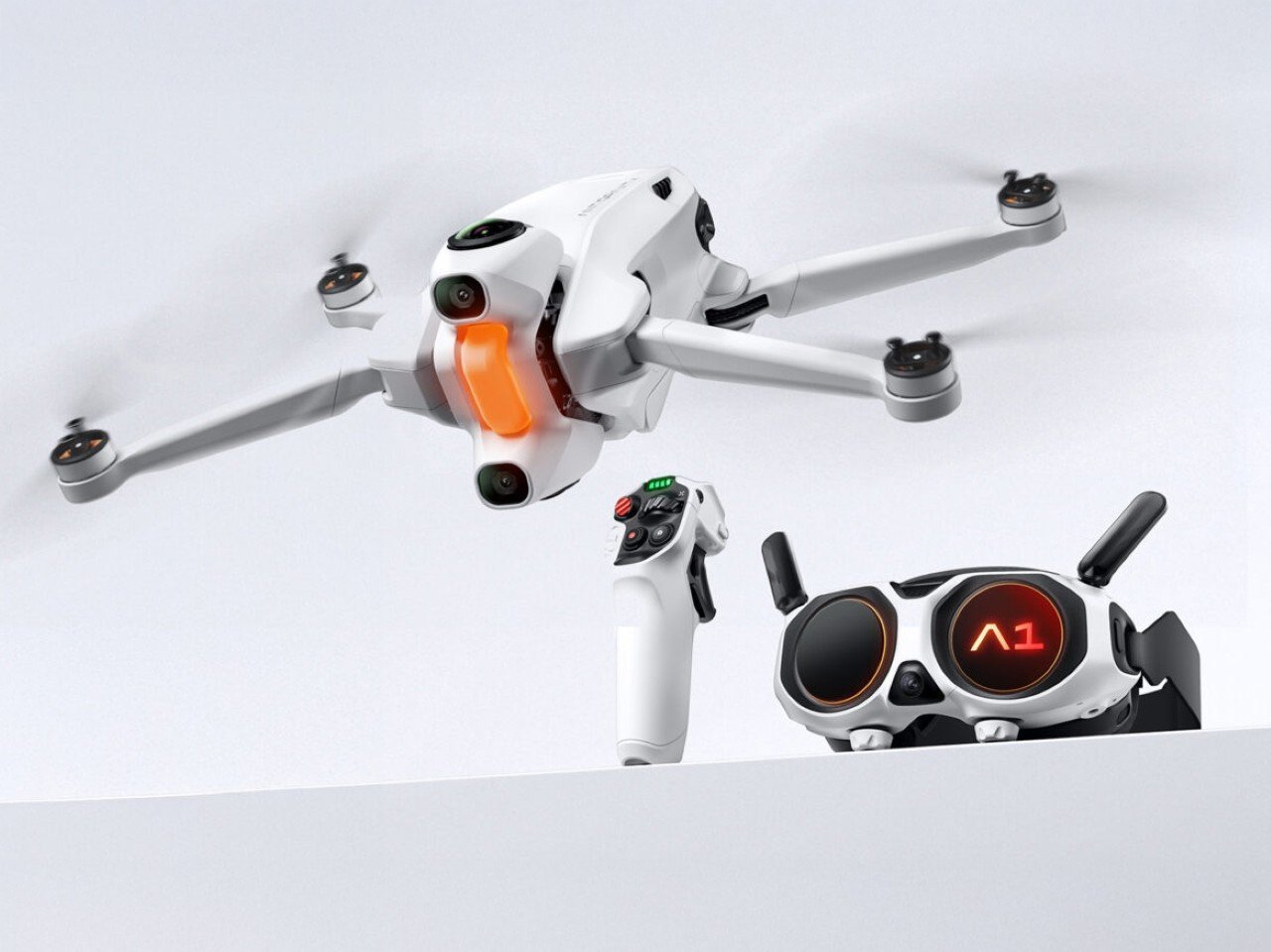

Insta360 Antigravity A1 Drone
The influencer economy is getting its own stage this year. DJI and Insta360 are in a pretty heated battle, with the former entering the 360° video space and the latter building their own drone startup to challenge the DJI monopoly. Insta360 and Leica are working to debut a new product on the 5th of September, too.
IFA’s partnership with Webedia means 35 hours of live content, streamed straight from the show floor. The “Find Your Next Tech” show will feature hands-on demos, interviews with designers, and plenty of behind-the-scenes looks at what actually gets shown to press vs. the public. Expect a parade of microphones, gimbals, and AI-driven camera tools aimed directly at creators.
The bottom line: the creator tech on display is no longer a sideshow. It’s built into the DNA of the show, reflecting the way real consumers discover and evaluate new products. If you’re launching hardware in 2025 and you’re not thinking about how it’ll look on TikTok or Twitch, you’re missing the plot.
Final Thoughts
IFA 2025 is the year when the hype cycle finally meets reality. The products on display aren’t just proof-of-concept; they’re ready for the living room, the kitchen, the commute, and the studio. The specs are better, the software is smarter, and the design teams are clearly paying attention to what people want, not just what they can engineer. My advice: tune out the noise, dig into the details, and keep an eye on the brands willing to show their work, not just their marketing. Berlin in September is about to get loud.
AI Insights
This Artificial Intelligence (AI) ETF Has Outperformed the Market By 2.4X Since Inception and Only Holds Profitable Companies

For well under $100, you can buy one share of this under-the-radar AI exchange-traded fund (ETF) that looks poised to continue to outperform the market.
For this article, I asked myself: Where would I start investing if I had less than $100 to invest?
Image source: Getty Images.
An AI ETF that’s concentrated and full of leading and profitable companies
This answer to my question popped into my head: I’d want a concentrated exchange-traded fund (ETF) focused on leading and profitable companies heavily involved in artificial intelligence (AI), but with enough differences among themselves.
Why an ETF? Because I’d not want to put all my (investing) eggs in one basket.
Why AI? Because it’s poised to be the biggest secular trend in many decades or even generations.
Why concentrated? Because I believe if investors are going to buy a very diversified ETF, they might as well buy the entire market, so to speak, and buy an S&P 500 index ETF. Indeed, buying an S&P 500 index fund is a good idea for many investors, and recommended by investing legend Warren Buffett. That said, over the long run, I think an AI ETF full of only leading and profitable companies will beat the S&P 500 index.
Roundhill Magnificent Seven ETF (MAGS): Overview
And bingo! There is such an ETF — the Roundhill Magnificent Seven ETF (MAGS 1.92%). It has seven holdings — the so-called “Magnificent Seven” stocks: Alphabet (GOOG 4.38%) (GOOGL 4.53%), Amazon (AMZN 1.42%), Apple (AAPL 1.06%), Meta Platforms (META 1.18%), Microsoft (MSFT 1.01%), Nvidia (NVDA -0.10%), and Tesla (TSLA 3.54%). This ETF closed at $62.93 per share on Friday, Sept. 12.
These megacap stocks (stocks with market caps over $200 billion) were given the Magnificent Seven name a couple of years ago by a Wall Street analyst due to their strong growth and large influence on the overall market. The name comes from the title of a 1960 Western film.
Two other main traits I like about this ETF:
- Its expense ratio is reasonable at 0.29%.
- It provides equal-weight exposure to the seven stocks. At each quarterly rebalancing, the stocks will be reset to an equal weighting of about 14.28% (100% divided by 7).
Since its inception in April 2023 (almost 2.5 years), the Roundhill Magnificent Seven ETF has returned 160% — 2.4 times the S&P 500’s 65.9% return.
Roundhill Magnificent Seven ETF (MAGS): All stock holdings
Stocks are listed in order of current weight in portfolio. Keep in mind the ETF is rebalanced quarterly to make stocks equally weighted.
|
Holding No. |
Company |
Market Cap |
Wall Street’s Projected Annualized EPS Growth Over Next 5 Years |
Weight (% of Portfolio) |
1 Year/ 10-Year Returns |
|---|---|---|---|---|---|
|
1 |
Alphabet | $2.9 trillion | 14.7% | 17.72% | 55.9% / 677% |
|
2 |
Nvidia | $4.3 trillion | 34.9% | 15.00% | 49.3% / 32,210% |
|
3 |
Apple | $3.5 trillion | 8.8% | 14.13% | 5.6% / 812% |
|
4 |
Tesla | $1.3 trillion | 13.4% | 13.81% | 72.3% / 2,270% |
|
5 |
Amazon | $2.4 trillion | 18.6% | 13.30% | 22% / 762% |
| 6 | Meta Platforms | $1.9 trillion | 12.9% | 13.16% | 44.3% / 725% |
| 7 | Microsoft | $3.8 trillion | 16.6% | 12.76% | 20.3% / 1,250% |
|
Overall ETF |
N/A |
Total net assets of $2.86 billion |
N/A |
100% |
40.5% / N/A |
|
N/A |
S&P 500 |
N/A |
N/A |
N/A |
19.2% / 300% |
Data sources: Roundhill Magnificent Seven ETF, finviz.com, and YCharts. EPS = earnings per share. Data as of Sept. 12, 2025.
All these companies are profitable leaders in their core markets, and heavily involved in AI. Nvidia produces AI tech that enables others to use AI, while the other companies mainly use AI to improve their existing products and develop new ones.
Alphabet’s Google is the world leader in internet search. Its cloud computing business is No. 3 in the world, behind Amazon Web Services (AWS) and Microsoft Azure. The company also has other businesses, notably its driverless vehicle subsidiary, Waymo. (You can read here why I believe Nvidia is the best driverless vehicle stock.)
Nvidia is often described as the world’s leading maker of AI chips — and that it is. But it’s much more. It’s the world leader in supplying technology infrastructure for enabling AI. It’s also the global leader in graphics processing units (GPUs) for computer gaming.
Apple’s iPhone holds the No. 2 spot in the global smartphone market, behind Samsung. However, it dominates the U.S. market. The company’s services business is attractive, as it consists of recurring revenue and has been steadily growing.
Amazon operates the world’s No. 1 e-commerce business and the world’s No. 1 cloud computing business. It also has many other businesses, notably its Fresh and Amazon Prime Now (Whole Foods) grocery delivery operations.
Meta Platforms operates the world’s leading social media site, Facebook, as well as Instagram, Threads, and messaging app WhatsApp.
Microsoft’s Word has long been the world’s leading word processing software. Word is part of Microsoft Office, a suite of popular software for personal computers (PCs). Its Azure is the world’s second-largest cloud computing business.
Tesla remains the No. 1 electric vehicle (EV) maker, by far, in the U.S. despite struggling recently. In the first half of 2025, China’s BYD surpassed Tesla as the world’s leader in all-electric vehicles by number of units sold. CEO Elon Musk touts that the company’s robotaxi and Optimus humanoid robot businesses will eventually be larger than its EV sales business.
In short, the Roundhill Magnificent Seven ETF is poised to continue to benefit from the growth of artificial intelligence. Technically, it doesn’t have a long-term history. But if it had existed many years ago, it’s easy to tell that its long-term performance would be very strong because the long-term performances of all its holdings have been anywhere from great to spectacular.
Beth McKenna has positions in Nvidia. The Motley Fool has positions in and recommends Alphabet, Amazon, Apple, Meta Platforms, Microsoft, Nvidia, and Tesla. The Motley Fool recommends BYD Company and recommends the following options: long January 2026 $395 calls on Microsoft and short January 2026 $405 calls on Microsoft. The Motley Fool has a disclosure policy.
AI Insights
Tech industry successfully blocks ambitious California AI bill | MLex
Prepare for tomorrow’s regulatory change, today
MLex identifies risk to business wherever it emerges, with specialist reporters across the globe providing exclusive news and deep-dive analysis on the proposals, probes, enforcement actions and rulings that matter to your organization and clients, now and in the longer term.
Know what others in the room don’t, with features including:
- Daily newsletters for Antitrust, M&A, Trade, Data Privacy & Security, Technology, AI and more
- Custom alerts on specific filters including geographies, industries, topics and companies to suit your practice needs
- Predictive analysis from expert journalists across North America, the UK and Europe, Latin America and Asia-Pacific
- Curated case files bringing together news, analysis and source documents in a single timeline
Experience MLex today with a 14-day free trial.
AI Insights
These fields could see job cuts because of artificial intelligence, federal data says

Artificial intelligence has some excited and others scared, as the rapidly evolving technology impacts the job market.
Lucas Shriver is working hard at LEMA in St. Paul. A solar-powered battery station can now be used as a power source in a desert. It’s a project and a job that’s been a long time coming.
“I think I was about 7 years old when I built a tree house by myself,” Shriver said.
He earned his engineering degree from the University of St. Thomas in June. As a full-time employee, he is one of the lucky ones.
“In my own searching for jobs and my friends, the job market right now is quite difficult, and it does seem like people are looking for someone with five years of experience,” Shriver said.
His professor, John Abraham, agrees.
“The jobs at the bottom rung of a ladder for people to climb up to a corporation. Those are going away in the last two years,” Abraham said. “There’s 35% fewer entry-level, you’re a recent college graduate and you’re looking for a job, you’re up a creek, you’re up a creek.”
Federal data suggests three fields that will feel potential cuts because of AI: Insurance adjusting, credit analysis and paralegals. The data also suggests growth could come in the software, personal finance and engineering fields.
For job seekers of any age or field, Abraham suggests learning how to use artificial intelligence.
“This is a tool that increases effectiveness so much, you just have to know it if you’re going to compete,” he said.
And Shriver has the job to prove it.
“I have no idea where this is going, but as for today, I am gonna use AI,” he said.
Abraham says jobs with empathy, like counseling and health care may be safer from AI; he also says the trades will likely still be in demand.
-

 Business2 weeks ago
Business2 weeks agoThe Guardian view on Trump and the Fed: independence is no substitute for accountability | Editorial
-
Tools & Platforms1 month ago
Building Trust in Military AI Starts with Opening the Black Box – War on the Rocks
-

 Ethics & Policy2 months ago
Ethics & Policy2 months agoSDAIA Supports Saudi Arabia’s Leadership in Shaping Global AI Ethics, Policy, and Research – وكالة الأنباء السعودية
-

 Events & Conferences4 months ago
Events & Conferences4 months agoJourney to 1000 models: Scaling Instagram’s recommendation system
-

 Jobs & Careers3 months ago
Jobs & Careers3 months agoMumbai-based Perplexity Alternative Has 60k+ Users Without Funding
-

 Podcasts & Talks2 months ago
Podcasts & Talks2 months agoHappy 4th of July! 🎆 Made with Veo 3 in Gemini
-

 Education3 months ago
Education3 months agoVEX Robotics launches AI-powered classroom robotics system
-

 Education2 months ago
Education2 months agoMacron says UK and France have duty to tackle illegal migration ‘with humanity, solidarity and firmness’ – UK politics live | Politics
-

 Podcasts & Talks2 months ago
Podcasts & Talks2 months agoOpenAI 🤝 @teamganassi
-

 Funding & Business3 months ago
Funding & Business3 months agoKayak and Expedia race to build AI travel agents that turn social posts into itineraries

